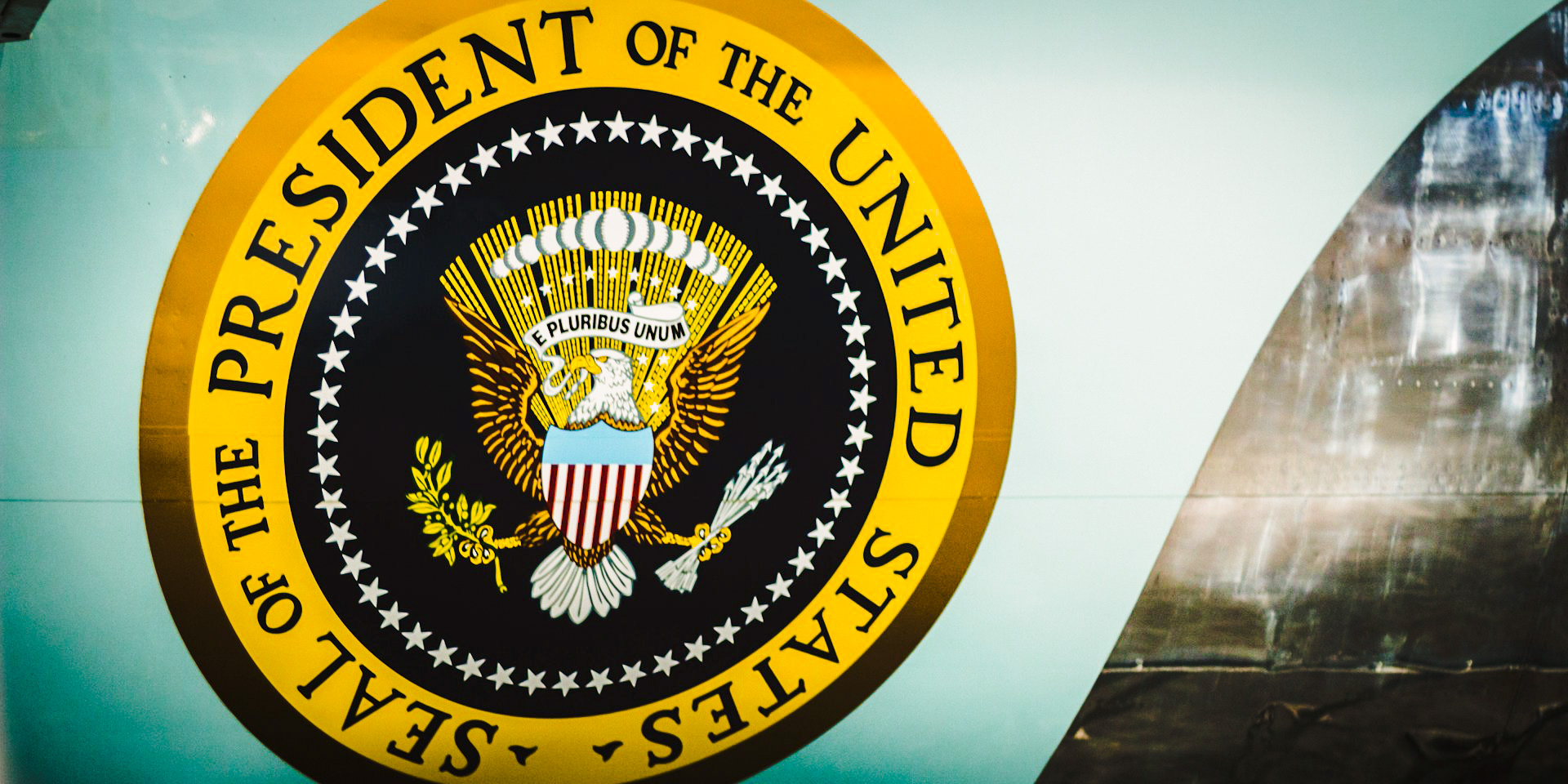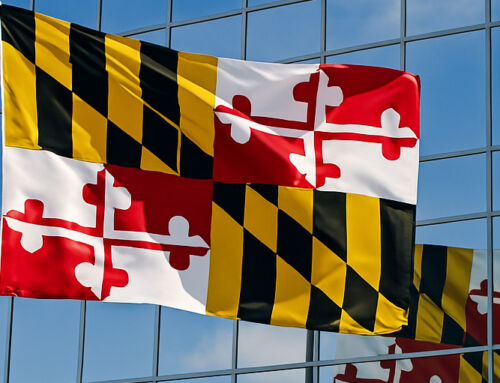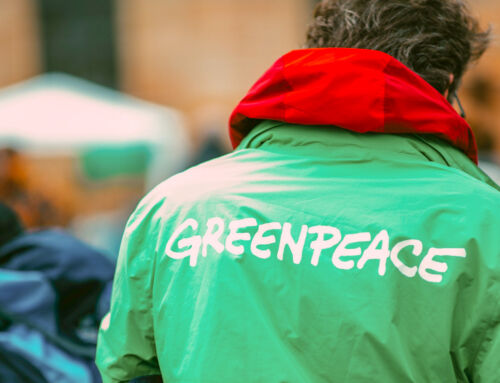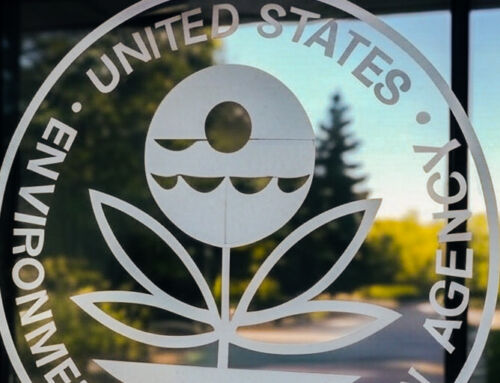View by Topic
Recent Articles
-
President Trump’s Bold Step to Rein in State Overreach in Climate ChangeSaturday, April 12th, 2025
-
Mandatory GHG Disclosures in Maryland Real Estate ContractsSaturday, April 5th, 2025
-
NYC Building Electrification Ruling is Interesting But Not a Game ChangerSaturday, March 29th, 2025
-
Greenpeace Ordered to Pay $667M in Blow to ActivismSaturday, March 22nd, 2025
-
The Most Consequential Day of Environmental Deregulation in American HistorySaturday, March 15th, 2025
View by Month/Year
“Green Building Law Update” Headlines
Recent Articles & News from
Stuart Kaplow’s blog
at GreenBuildingLawUpdate.com
- Mandatory GHG Disclosures in Maryland Real Estate Contracts April 6, 2025
- NYC Building Electrification Ruling is Interesting But Not a Game Changer March 30, 2025
- Greenpeace Ordered to Pay $667M in Legal Blow to Environmental Activism March 23, 2025
- The Most Consequential Day of Environmental Deregulation in American History March 16, 2025
Subscribe to the Green Building Law Update!
Stuart Kaplow brings his expertise and extensive experience to the table with his unique digital publication, "Green Building Law Update". Subscribers receive regular updates to keep them informed about important issues surrounding Environmental Law, Green Building & Real Estate Law, as well as the emerging demand for Environmental Social Governance (ESG).
Get fresh content through the lense of Stuart Kaplow's cutting-edge expertise, innovative commentary and insider perspective. Don't miss another issue! Subscribe below.

President Trump’s Bold Step to Rein in State Overreach in Climate Change
On April 8, 2025, President Donald J. Trump issued a powerful and consequential Executive Order with the innocuous sounding title, “Protecting American Energy from State Overreach.” The impact of that Executive Order will be far broader than the title belies when it targets “burdensome and ideologically motivated ‘climate change’ or energy policies” .. of several states and local governments.
Whether or not you agree, this subject was core to the President’s reelection, as a response to what he describes as “an increasingly fragmented and ideologically driven energy landscape in which several states have taken regulatory liberties far beyond their constitutional or statutory authority, threatening not only the integrity of the federal system but also the future of American energy security.” One does not have to concur to appreciate that, as the President said he would, his Administration is taking action against a growing patchwork of state laws purporting to regulate energy, environment, and climate policy on a national and even international scale.
Executive Orders
As we noted in an earlier blog post, Anatomy of an Executive Order: Stopping the Wind, since George Washington issued the first Executive Order in 1789, more than 1,400 have been recorded. Every president has issued at least one Executive Order except William Henry Harrison, who served as president for 32 days.
Some important and at times controversial matters have been the subject of Executive Orders from Abraham Lincoln’s suspension of habeas corpus during the Civil War to Franklin Roosevelt’s internment of Japanese Americans during World War II and Dwight Eisenhower’s mobilization of troops to integrate the Little Rock, Arkansas high school.
What this Executive Order Does
President Trump signed this Executive Order last Tuesday, aimed at securing America’s energy dominance by removing unlawful and burdensome state and local government impediments to the nation’s energy production, reliability, and security.
• The Order directs the Attorney General to identify and take action against state laws and policies that burden the use of domestic energy resources and that are unconstitutional, preempted by federal law, or otherwise unenforceable.
• The Attorney General will prioritize taking action against laws and policies purporting to address “climate change” policies, or involving “environmental, social, and governance” initiatives, “environmental justice,” carbon or “greenhouse gas” emissions, and funds to collect carbon penalties or carbon taxes.
• The Attorney General will submit a report to the President detailing actions taken and additional recommendations to protect American energy pursuant to the Order in 60 days.
There is little debate that a single national energy policy is threatened when a patchwork of state and local governments seek to regulate energy beyond their constitutional or statutory authorities.
In knee jerk reactions, that have become common to everything the Trump Administration does, some have complained that this Executive Order is unconstitutional and usurps state rights, however such may be an instance of the pot calling the kettle Black when the action item is a report from the Attorney General describing preempted and other unconstitutional acts by state and local governments.
Why this Executive Order Matters
Several states have enacted, or are enacting, what the Administration describes as burdensome and ideologically motivated “climate change” or energy policies that threaten American energy dominance and our economic and national security. Maryland, for example, enacted a building energy performance standards (BEPS) law seeking to ban the burning of all fossil fuel energy sources (banning natural gas and more) in buildings by 2040. New York, for example, enacted a “climate change” extortion law that seeks to retroactively impose billions in fines (erroneously labelled “compensatory payments”) on traditional energy producers for their purported past contributions to greenhouse gas emissions not only in New York but also anywhere in the United States and the world. Vermont similarly extorts energy producers for alleged past contributions to greenhouse gas emissions anywhere in the United States or the globe.
Other states have taken different approaches to dictate national energy policy. California, for example, punishes carbon use by adopting impossible caps on the amount of carbon businesses may use, all but forcing businesses to pay large sums to “trade” carbon credits to meet California’s radical requirements. These laws and policies also undermine Federalism by projecting the regulatory preferences of a few states into all states. Americans must be permitted to heat their homes, fuel their cars, and have peace of mind, free from policies that make energy more expensive, less reliable, and inevitably degrade quality of life.
These laws and policies in a minority of blue states try to dictate interstate and international disputes over air, water, and natural resources; unduly discriminate against out of state businesses; contravene the equality of states; retroactively impose arbitrary and excessive fines without legitimate justification; and most are preempted by federal law establishing an energy policy for the nation.
The Broad Scope of Laws at Issue
Critics are heard to say that a U.S. President cannot repeal state laws. But that is not the point.
The Trump administration has already successfully challenged a significant state climate program, New York’s congestion pricing.
A practical application of this Executive Order, widely talked about by legal commentators, will be the Attorney General challenging Maryland’s BEPS laws by entering her appearance supporting the plaintiffs in the pending federal court litigation against Maryland BEPS, promptly winding down Energy Star Portfolio Manager (the tool used to report in BEPS), cutting federal funding to Maryland in environmental matters; not to mention seeking the end of the Regional Greenhouse Gas Initiative (that Maryland and nine other states are members of).
A Constitutional, Legal and Economic Imperative
Whether you are a real estate developer, manufacturer, service provider, consumer, or a person who disagrees with the policies of the Trump Administration, this Executive Order delivers exactly what its title promises.
These state laws and policies are fundamentally irreconcilable with the Administration’s objective to unleash American energy at a time when energy demand is surging from technological advancements, including but not limited to data centers.
This Executive Order is the map and compass the federal government will use to prioritize taking actions against states and local governments purporting to address “climate change” policies, and “greenhouse gas” emissions, and the like. When the Attorney General issues her report before June 7, 2025, we will blog with specific recommendations about how you can best navigate and thrive in this environment.
View the Executive Order as published on the White House website here.









